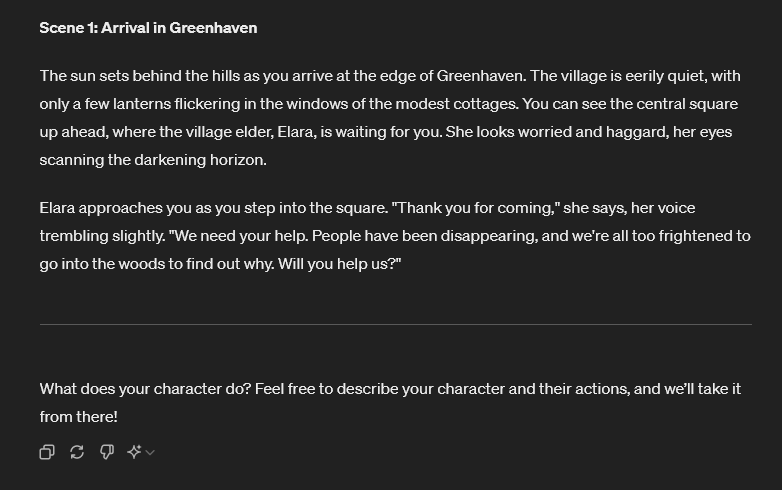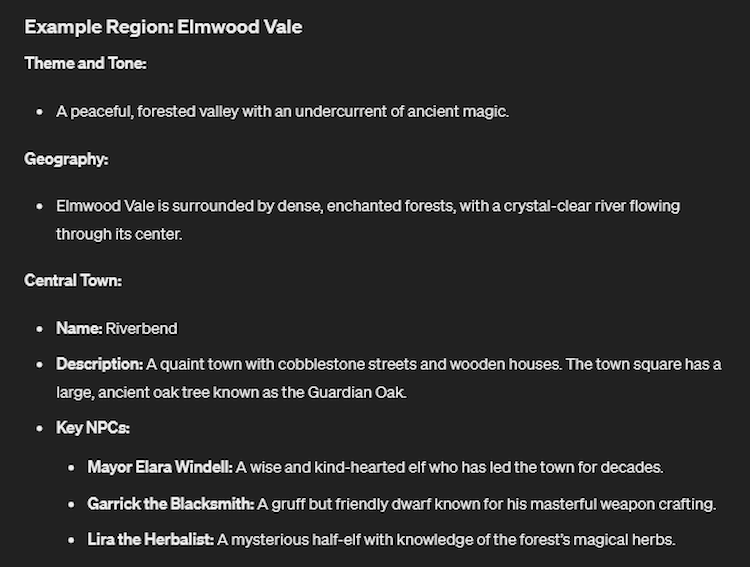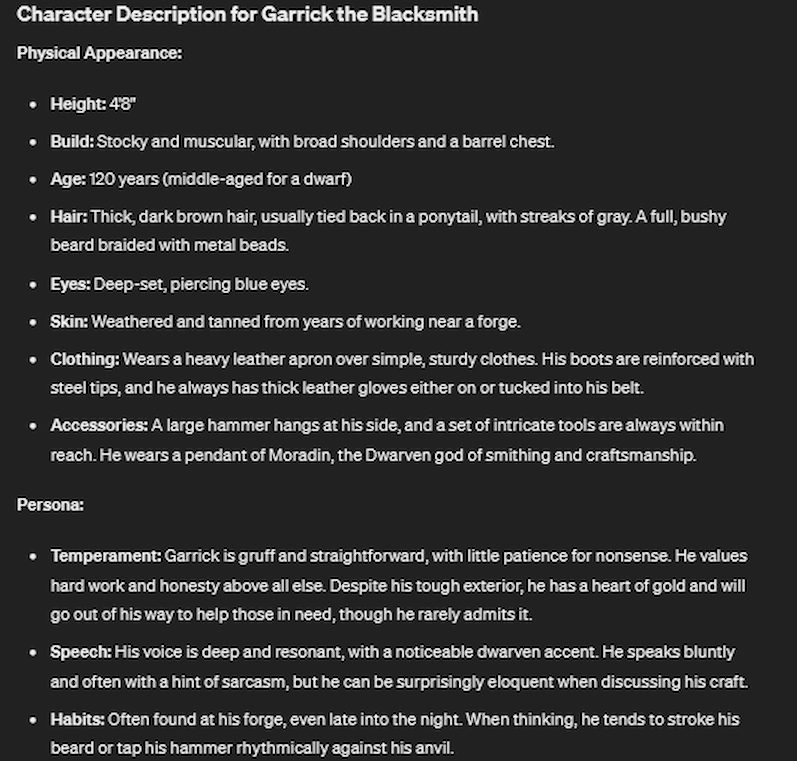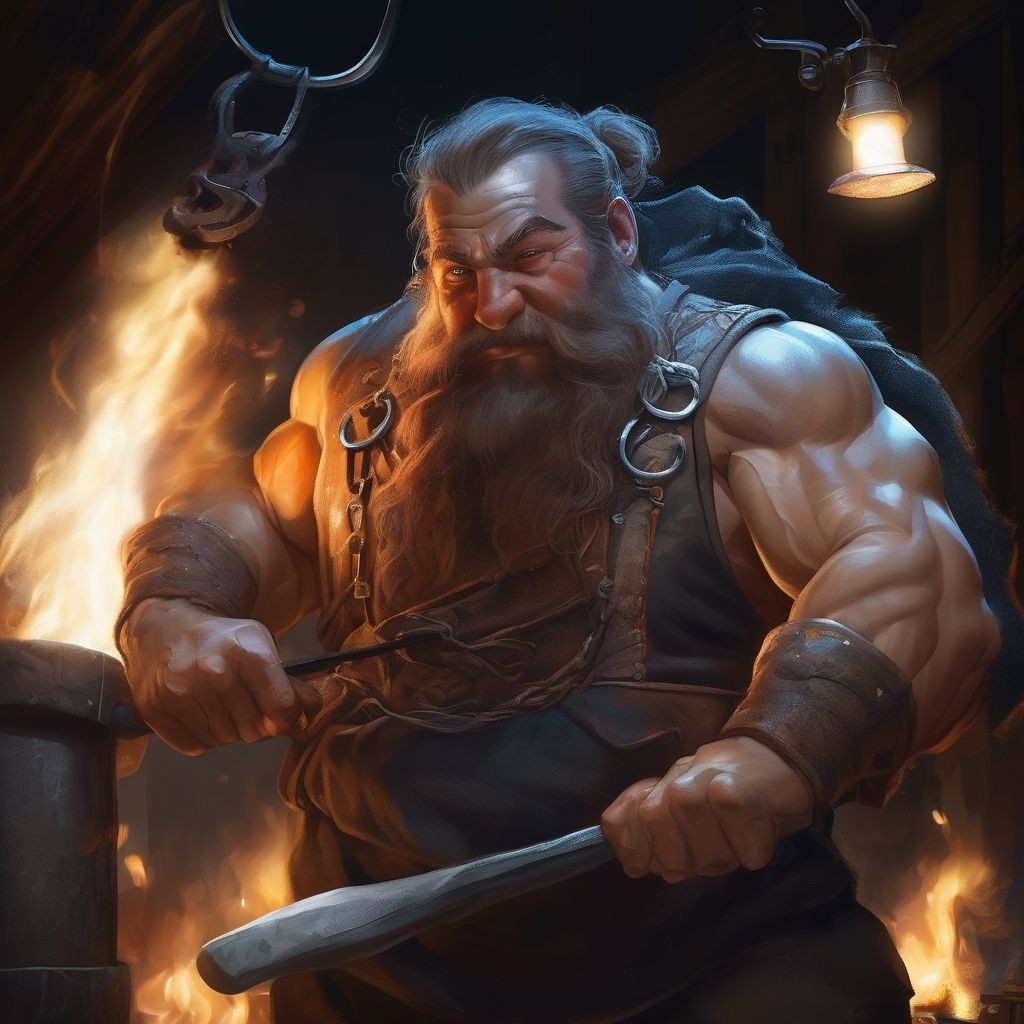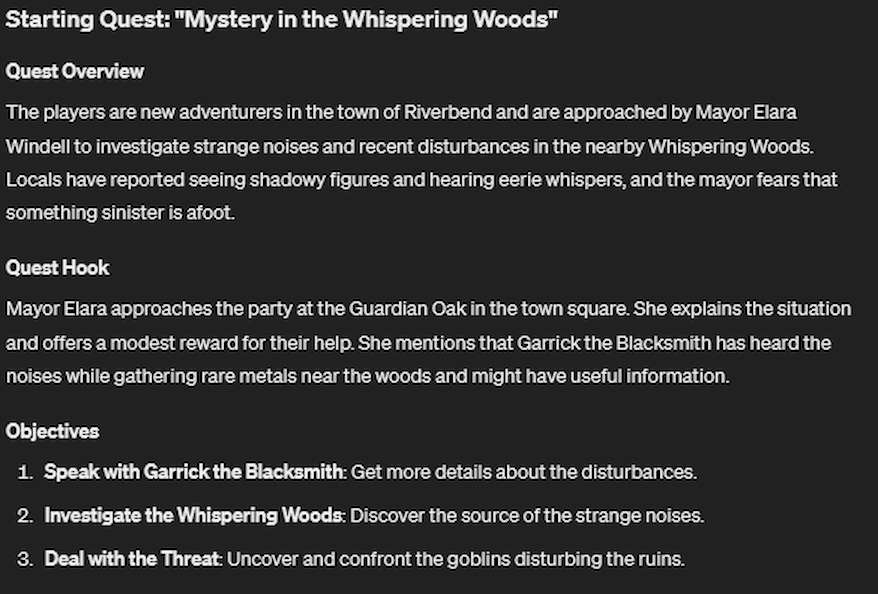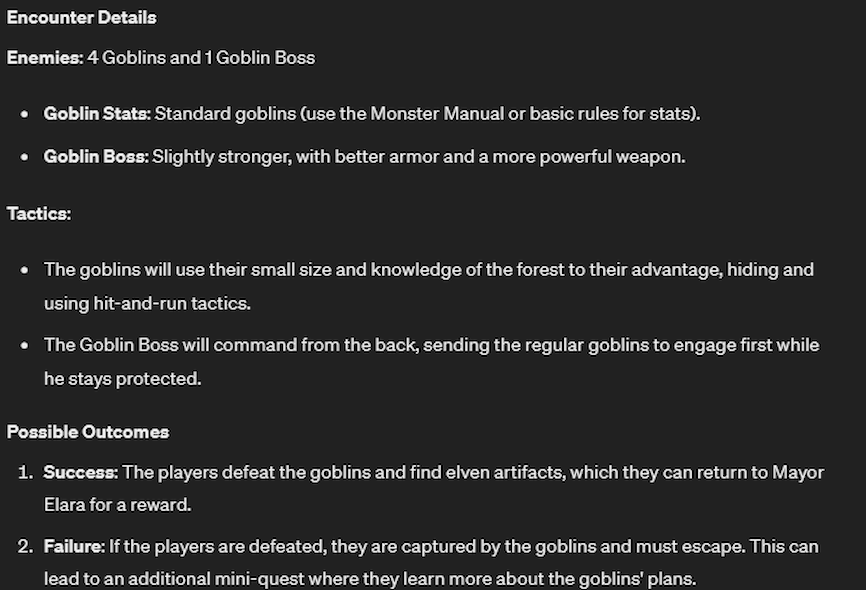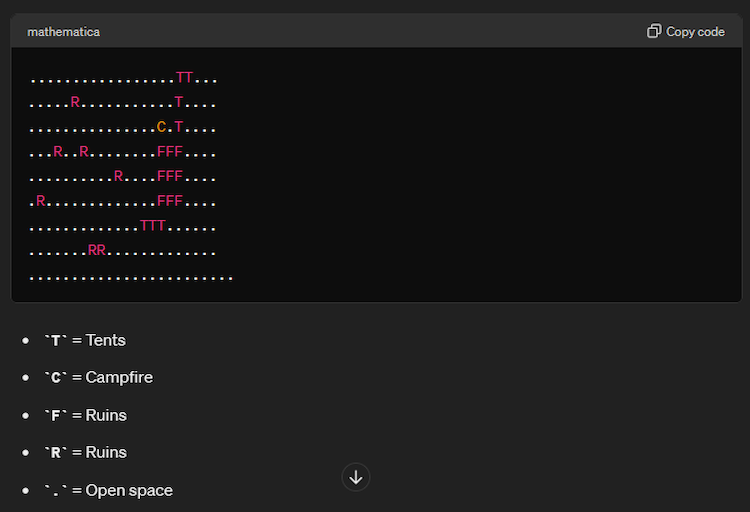The person who runs a tabletop role-playing game (TTRPG) is known as the Dungeon Master (DM). It can be a thankless job, and you’re required to know a lot of rules and details. I found out that AI isn’t good enough to take the role of the dungeon master in a game, but it can help up-and-coming DMs in a lot of ways.
The Joys and Challenges of Being a Dungeon Master
If you’ve played tabletop RPGs, you know they have a particular setting (futuristic, post-apocalyptic, fantasy, etc.). The DM needs to know things like who’s in the same locale as the player, what’s on offer at the shops, the individual personality of specific named townspeople, how those people look, the interaction between factions in the local region or the world overall, and everything relating to the gameplay mechanics. It’s not a small ask.
On the plus side, most DMs have reference books that can help them get through the obscure rules questions. Some even have quick-reference rules on their DM screens (used to hide their machinations from the players) to help them. Yet, with technology advancing so quickly, it seems like AI could handle a lot of that heavy lifting. That’s why I decided to try it out as a DM tool, and I was mostly impressed with what it gave me.
ChatGPT’s Limitations as a Dungeon Master
When I was considering trying to use AI as a DM, I decided to ask ChatGPT if it was familiar with D&D 5th Edition (since everyone’s playing that these days). It managed to give me a decent starting point.
The issue with ChatGPT as a Dungeon Master is that it’s very derivative. Your first run will feel like a proper adventure. However, the longer you’re at it, the more repetitive the game gets. Once you’ve heard a few of ChatGPT’s puzzles, you can easily figure out the rest of the puzzles.
I’ve been a DM for more than a decade, and I’ve gotten quite good at understanding the mechanics of rolling dice. I’ve even run multiple game systems, so I know how to do fantasy RPGs at a very deep level. So, believe me when I say ChatGPT is a terrible DM. I don’t think it makes sense to let ChatGPT run your game, but it does have some value as a tool.
Using ChatGPT for Worldbuilding
With many settings, there are published campaigns that beginner DMs can use to build their adventures around. For DMs that don’t have the time to plot out adventures, there are pre-made and one-shot adventures (some of which are even free). However, if you want a truly bespoke experience, you’ll need to do some world-building.
Surprisingly, ChatGPT is good at this. If you’re playing with a set of established players or a long-term campaign that players will be playing in for a long time, world-building is a must. To this end, I asked ChatGPT for some world-building ideas. It was very forthcoming and covered the most pertinent things I figured I would need for the start of a campaign.
There are a lot more details that don’t show up in this screenshot that are important for a DM to have. Among the world-building elements that ChatGPT gave me for this particular starting area were:
- Adventuring sites
- Factions
- History and Lore
- Economy and Culture
- Plot Hooks
- Main and Side Quests
Each of these is crucial to building the world and making it seem alive. Yet, these are only an overview of the world’s elements and structure. To truly build the world, we need to look at the people who live there.
Employing ChatGPT for Writing and Managing NPCs
Any RPG world is divided up into Player Characters (PCs, or characters controlled by players) and non-player characters (NPCs). ChatGPT already has a leg-up on creating personas for every occasion, and it’s no different in putting together a functional NPC. The players are all responsible for their own character descriptions and backgrounds, but the DM is responsible for every NPC that people the world the players are in. In ChatGPT’s initial description of Elmwood Vale, it mentioned a blacksmith called Garrick. I decided to ask ChatGPT for some information about Garrick. This is what it gave me:
It’s good at giving me descriptors for the NPC, but aside from that, it also gave me an image description, which I used to get this image:
For a DM, this is useful information because I can tell my players exactly what Garrick looks like and even show them a picture. I can roleplay the dwarf blacksmith according to his persona and even have particular tics that real people have. It’s a lot more in-depth than my previous method of “rolling dice on a personality table and seeing what pops out.”
Leveraging ChatGPT for Plotting Adventure Beats
World-building is fine and all, but what about going on an adventure? Can ChatGPT help write adventure hooks and keep them arranged? It turns out that it can do this relatively easily.
Not only does ChatGPT give me the quest hook and the important NPCs, but it can also give me a description of the encounter makeup and success and failure parameters:
If I wanted to make the encounter harder or easier, I could just ask ChatGPT to adjust it. Planning encounters has never been so simple.
Unfortunately, ChatGPT isn’t so great at battle-map generation descriptions. It can give you a good idea of what a battle map for the area should look like and even tell you how to develop it. However, something that’s lacking (and has been lacking for some time) is a solid battle-map generator that allows for top-down views of an area for tactical gameplay.
How To Work Around ChatGPT’s Shortcomings
The biggest issue with having ChatGPT as a DM companion is that you’ll need to do your adventure planning well in advance. The schematic generation means that there’s less doubt about how you design your battle maps, but you’ll still need to manually draw them out.
ChatGPT also has some issues with keeping consistency that I’ve found. Sometimes, an NPC will be described in a particular way with a race/background combination, and in another response in the same conversation, CHatGPT will completely forget those details. This is another example of AI hallucination. It’s important for the DM to keep track of ChatGPT’s mistakes and keep things consistent. It’s a crucial part of engaging the players in the world you’ve designed.
Can ChatGPT Improve As a DM Companion?
With the latest 4o iteration of ChatGPT, some of these issues might be overcome. The AI engine is still unable to generate images itself, but it can do a better job of keeping things consistent. It isn’t likely that ChatGPT will replace human DMs anytime soon. But using it as a campaign or setting management tool or even as an encounter balance tool is something that DMs, even experienced ones, shouldn’t overlook.


